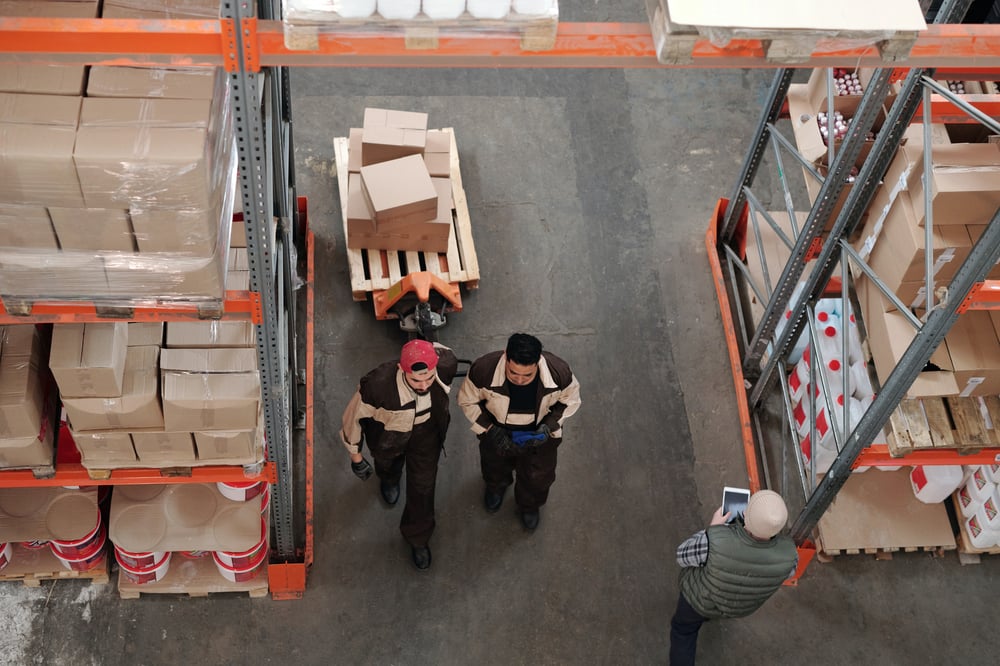Did you know that 80% of flexible workers stay with a gig economy platform for less than a year?
The sector has been growing incredibly fast, but it’s well documented that the relationship between companies in the space and their workers hasn’t always been easy. In many instances, this results in churn - but why is this such a big problem?
For a start, the sector has boomed in recent years, resulting in a labour shortage which makes the fight for the best talent highly competitive.
Churn is also expensive. The cost can easily run into thousands of pounds per person - far from ideal for companies expanding at pace and hiring at scale, even less so when you consider that flexible workers are an asset that get even more valuable over time.
High levels of churn can also create a negative brand image. With 44% of deskless workers finding out about opportunities through word of mouth, it’s key to be hyper-aware about the causes of a bad experience, and how to avoid them.
What contributes to a bad worker experience?
Bad user experience
It’s no secret that today we have high standards when it comes to technology. An easy, seamless tech experience is standardised throughout all products and apps. We expect no less when it comes to work.
A complicated interface, being unable to complete a step in the sign-up process because a button is broken or a slow experience can all cause a worker to drop off and go elsewhere.
Lack of insurance and benefits
According to Collective Benefits’ research, 95% of independent workers want insurance as part of a package.
With 46% of platform workers reporting a physical injury in the last 12 months, and 50% suffering from mental health problems as a result of work, financial protections, as well as benefits such as physio and mental health support, are badly needed - and wanted - by workers.
If workers can get the benefits they need elsewhere they’re more likely to go, and stay, there.
No feeling of community
Deskless workers value flexibility above all else, with being able to fit work around life and family commitments one of the main draws of the work.
However, this benefit comes at a cost. Gig workers are twice as likely to report frequently experiencing signs of loneliness; no surprise when you consider the solitary nature of the job. Workers have a limited sense of a traditional network or peers, and no opportunities for knowledge exchange or collaboration. Even things such as not having a base to stop off at for a break or a direct way to contact their platform can contribute to a sense of isolation.

How to improve worker experience
Combine one, or more, of these bad experiences with the fact that it’s never been easier to switch to a competitor - 25% of full-time independent workers are able to find work in under 24 hours, and half feel confident that there are many opportunities out there - and it’s easy to see why churn is so high.
So, how can companies prevent it from happening? A key piece of the puzzle is worker experience. Here are three ways to ensure that your workers have a seamless, positive experience - from day one.
1. Know what your workers want
It’s vital to be hyper-aware of what your workers want.
Work-related benefits and level of income are the main reasons for worry among gig workers, with over 50% having less than £200 in savings, and 96% having no income protection in place.
The worries are so significant that 36% of gig economy workers report feeling unable to take time off work when they’re ill as they can’t afford to miss out on the pay.
When asked what’s important to them, 72% of independent workers say that financial security is their top priority. 95% of workers want insurance, 80% want accident pay and 79% value compassionate leave.
2. Show that you care
You know what independent workers want - now consider how to give it to them.
Giving workers what they have asked for is an incredibly effective way of making them feel that they are valued and important. 77% of workers with access to Collective Benefits’ protections feel more valued, and 80% feel safer in their work.
This in turn leads to increased loyalty to their platform. For example, companies prioritising worker health and safety with Collective Benefits’ insurance have on average 79% of workers say that they’re more likely to continue working with the platform they’re on.
Access to these benefits needs to be easy and quick, and it’s key that they are relevant to the average gig economy workers. Insurance should be easy to understand and claims should be paid out quickly. Benefits should be tailored to genuinely add value to workers’ lives, such as a discount on fuel or protective equipment.
If you can get this right, worker wellbeing can increase exponentially.
3. Create a sense of belonging
60% of deskless workers would like to feel a stronger sense of community. But how do you create one in the absence of a physical workspace?
One way to do this is to send regular communications. Whether it’s through email, push notifications, or in-app notifications, receiving regular messaging helps promote a sense of connection to the company they work for.
As well as pushing out communication, you should ask for it back. Seeking feedback is a key way to ensure that your workers feel valued and supported - providing you act on what they say. It’s a win for you too; take it as another opportunity to give workers what they want, and you’ll be one step closer to a happy, engaged and loyal workforce.
Find out more about Collective Benefits’ insurance and benefits for independent workers here.
.png?width=50&name=logo-dark%20(1).png)




